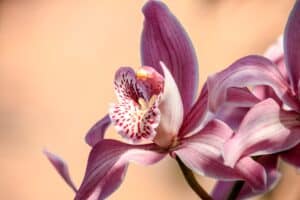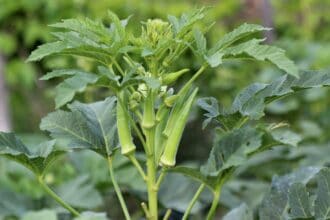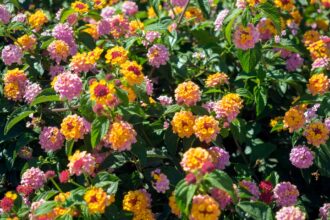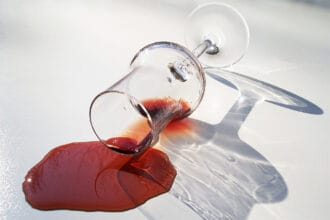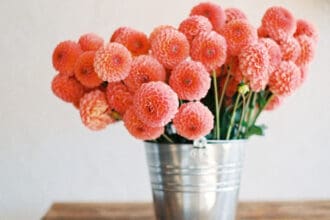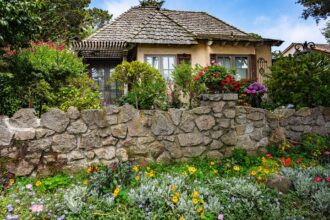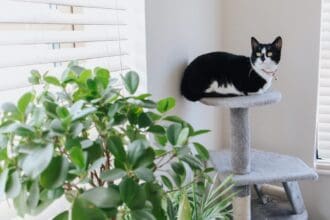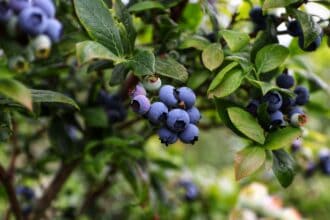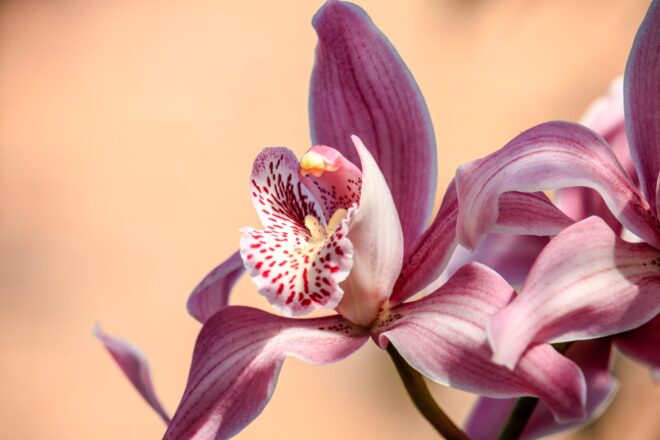
via: Pexels / Man Dy
If you're looking for a good list of the types of orchids, this is it.
Here at The Golden, I'm the true expert on any orchid type or orchid species. If you need the types of house plants that are great decorations for your home, then you've found it. On Mantelligence, hobbies like this are what gets us going.
Let's get started!
Contents
What Is Special About Orchids
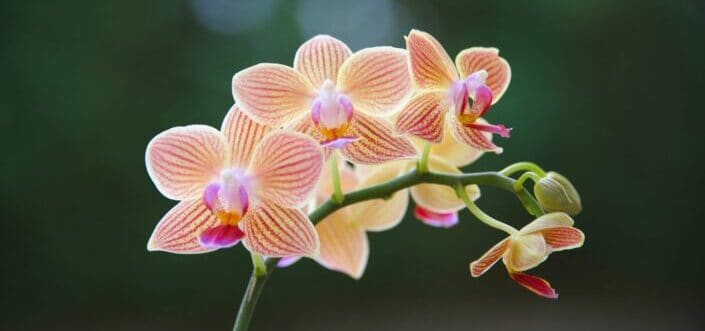
via: Unsplash / Rae Galatas
Orchids, or Orchidaceae, are best known as flowers that are uniquely beautiful. They have a lot of varieties and they grow all over the world. Aside from that, orchids can also make a perfect present for your loved ones! On our site here, we've also got some other great gifts for mom, so you should go check them out.
How Many Types of Orchids Are There?
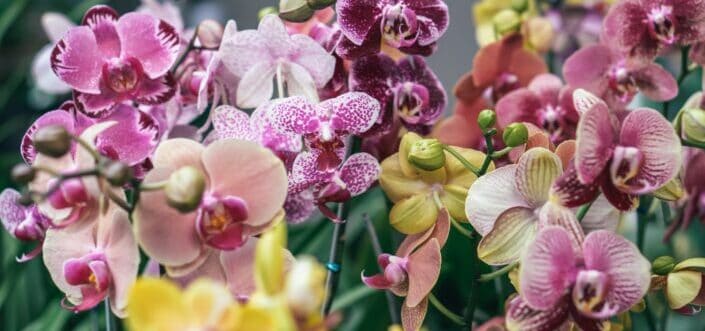
via: Unsplash / Ardi Evans
Are you familiar with the Epidendrum Orchid? Or the Encyclia Orchid? If you're an orchid expert, you may even know the Odontoglossum Orchid and the Oncidium Orchid. Orchids are one of the most diverse species of flowers. There are approximately 27,000 that grow naturally and about 100,000 varieties that are man-made. In fact, they are so diverse that they can be found on every continent!
Most Popular Types of Orchids
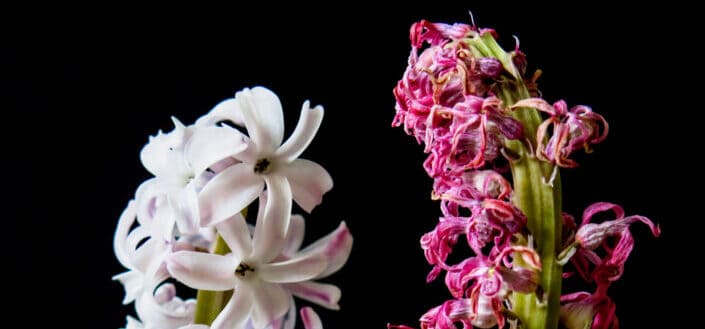
via: Pexels / Vojta Kovařík
There are literally thousands of orchid types that exist, like the Lycaste Orchid or the Zygopetalum Orchid. In choosing the best types of orchids to plant, we must consider the best environment for them. Here are some of the most popular types:
1. Phaius Orchids
The Phaius Orchid, or nun orchid, is a type of terrestrial orchid. They are easy to grow and have numerous, large, showy flowers with tube-like labellums.
Best place to grow: Place the phaius orchid in an area with indirect sunlight, such as an east- or north-facing window. You can also place it five feet away from the window with direct sunlight. The hot afternoon sun isn't good for the plant, so put it somewhere shady during the day.
Flower colors available: Red, pink, purple, white
Orchid flower lifespan: Its blooms usually last about 10 to 14 days, but the whole plant will stay in bloom for at least 30 days.
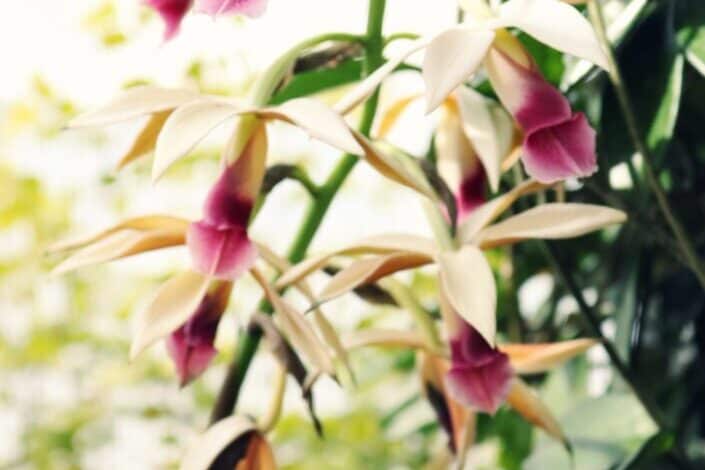
via: Pexels / Madison
2. Oncidium
The Oncidium Orchid is one of the most diverse types of orchid. It is a sympodial orchid that has multiple growing points.
Best place to grow: Oncidiums are best grown at home than in a greenhouse with lower humidity levels. Place them along the bottom of a window for enough sunlight.
Flower colors available: The most common Onicidiums are available in yellow and brown shades. Colors of white, red, pink, purple, and green exist too.
Orchid flower lifespan: They can last for months in the late summer or early fall. They remain dormant in early summer while preparing to bloom again.
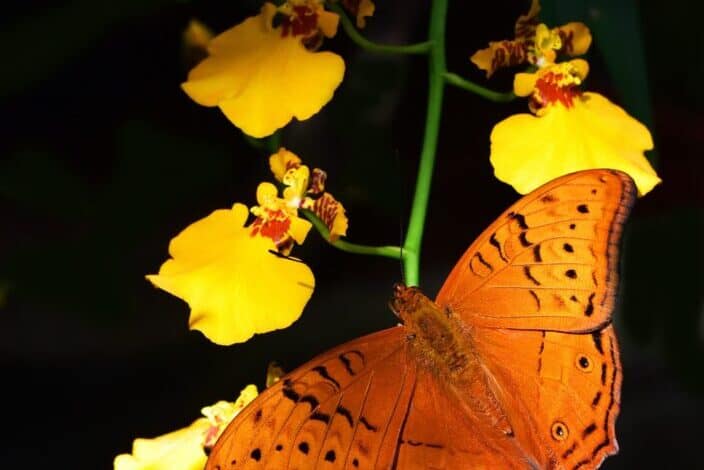
via: Unsplash / David Clode
3. Vanda
The Vanda Orchid is a beautiful, light-loving monopodial orchid that likes warm temperatures. It has large and round flowers.
Best place to grow: These flowers prefer a sunny and warm climate. Place them outside when it's warm with partial sun. Indoors is good too, as long as it has some light.
Flower colors available: Vanda offers the most colors among orchid species. They come in pink, purple, violet, white, yellow, brown, orange, and red. They even come in blue, which is not that common in flowers.
Orchid flower lifespan: Mature vandas will bloom 2-3 times annually. Their blooms can last up to 2 months.
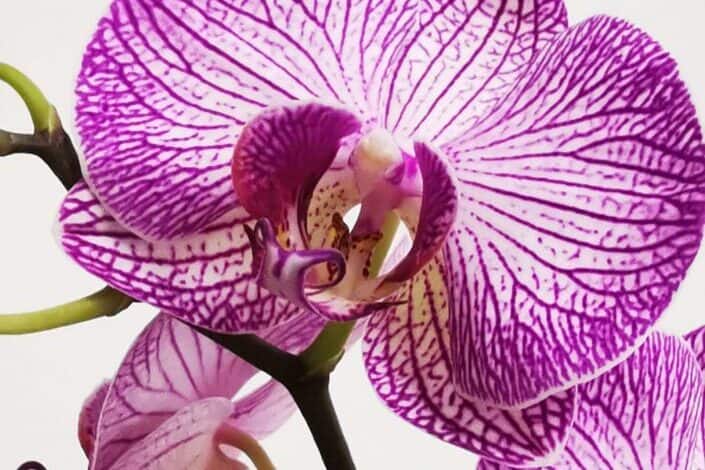
via: Unsplash / ALFONSO ALBERTO RAMÍREZ ALVAREZ
4. Dendrobium
The Dendrobium Orchid is a large genus with over 1,200 light-loving species. They are one of the most popular and beautiful types among orchids.
Best place to grow: Place it by a window with a curtain to provide these epiphytic orchids with enough shade. Avoid direct sun, except at the beginning and end of the day.
Flower colors available: Red/purple, yellow/green, yellow, green, white/ivories
Orchid flower lifespan: Dendrobiums usually last up to 6 to 8 weeks. They can re-bloom up to 3 times a year in cooler places.
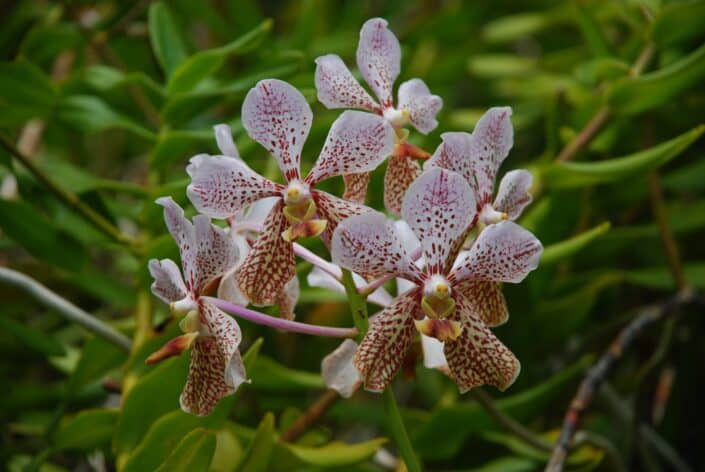
via: Unsplash / De Piratedea
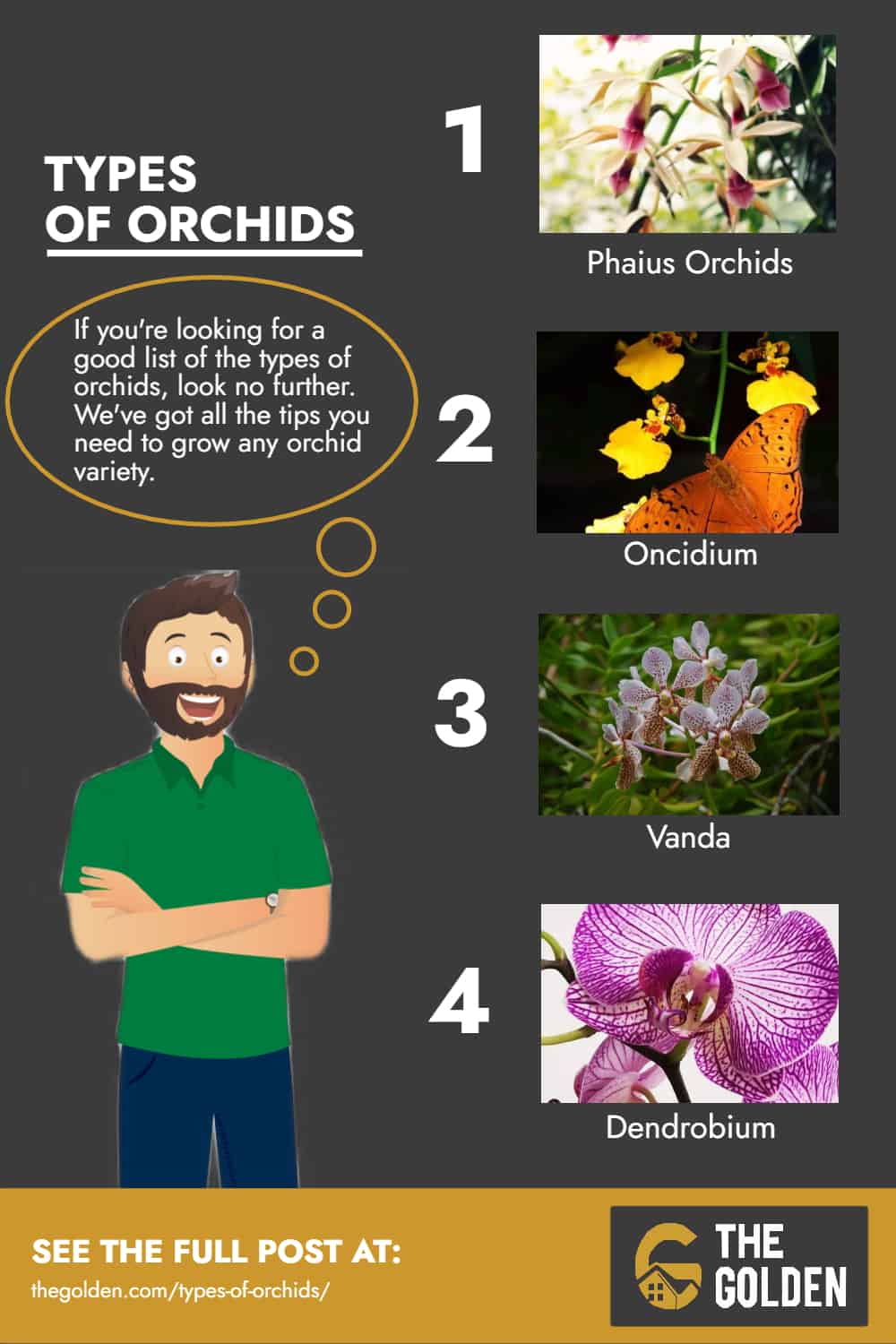
via: Golden
Share This Image On Your Site
5. Brassavola
The Brassavola Orchid, or Lady of the Night, is an epiphyte generally found in lowland tropical forests or mangrove swamps. It's also relatively easy to grow. A large specimen plant may contain dozens of flowers, making a perfect display.
Best place to grow: Keep it in an area with good light and intermediate temperatures during the day. In cooler temperatures, keep them dry.
Flower colors available: White to pale green
Orchid flower lifespan: The flowers can last up to several weeks, lasting longer in cooler temperatures. Brassavola blooms more than once, annually, mainly during autumn or winter.
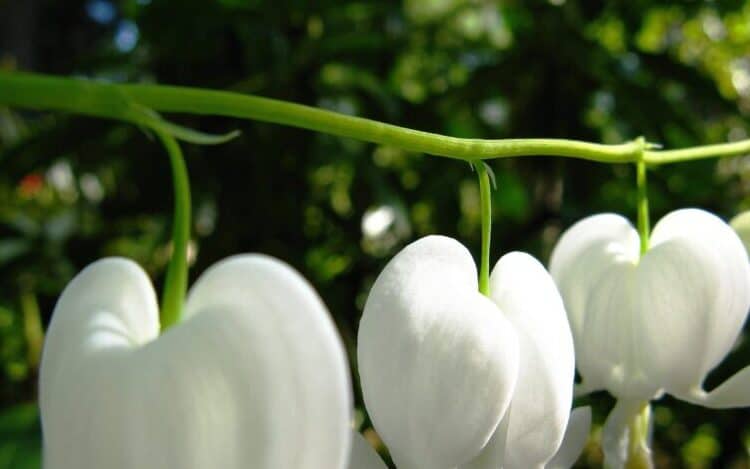
via: Pixabay / Anna Rozwadowska
6. Cymbidium orchids
The Cymbidium Orchid, commonly known as Boat Orchid, is among the showiest type of orchid. It has large and colorful flowers, usually during winter. They bloom in cooler temperatures.
Best place to grow: Cymbidiums like the cold. It's better to grow cymbidium plants outdoors to receive bright diffused light during the day, from May to early to mid-October. If indoors, during the fall, place them in a bright and cool area.
Flower colors available: Red, orange, yellow, yellowish-green, light green, pink, white, cream, and brown
Orchid flower lifespan: They have sprays of huge blooms on flower spikes during the dead of winter, which can last up to 1 to 3 months.
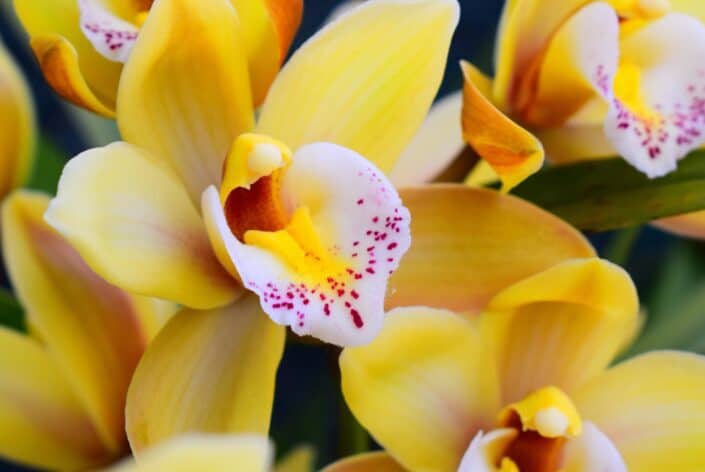
via: Unsplash / Chris Barbalis
7. Ludisia orchid
Ludisia, commonly known as the Jewel Orchid, is a terrestrial orchid that outstands all other orchids. It's known not for its flowers but for its prized foliage.
Best place to grow: Their natural habitat is tropical forests with scorching and humid temperatures. It's better to keep it in an area that can mimic the warmth they need.
Flower colors available: White
Orchid flower lifespan: They bloom once a year, and the flowers can last about a month.
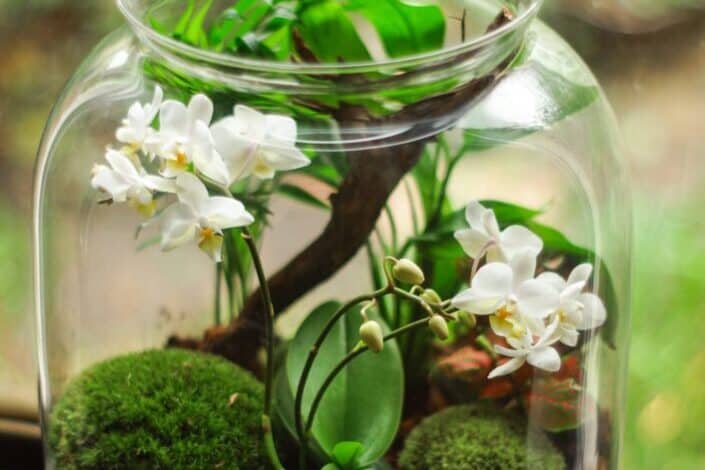
via: Pexels / Katarzyna Modrzejewska
Easy To Grow Orchids Perfect For Beginners
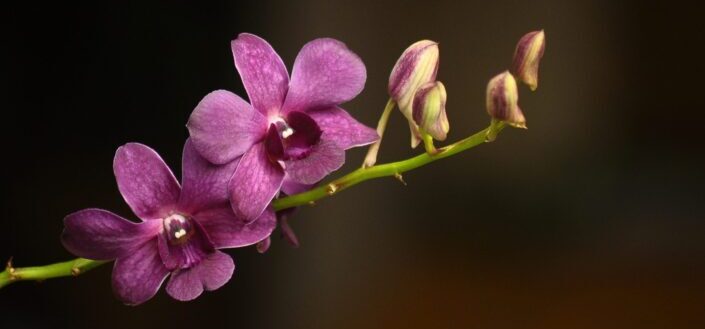
via: Unsplash / MOHD LAZIM ATH THANY BIN MOHD LAZIM
Planting is not that easy. It can be harder, especially when you're a beginner in this kind of hobby. Here is a list of orchids to grow that are perfect for new planters:
8. Paphiopedilum
The Paphiopedilum Orchid, commonly known as the Venus slipper, is a genus of the lady slipper orchid subfamily Cypripedioideae of the flowering plant family Orchidaceae. They are pretty interesting because they tend to produce a single blossom per plant. It is generally small in size and has waxy, firm leaves.
Best place to grow: It is preferable to place them in an area with shady conditions near a shaded window. You can also place them inside a shaded greenhouse.
Flower colors available: Red to brown, pink, peach, light yellow
Orchid flower lifespan: The flowers last about 2 to 3 months.
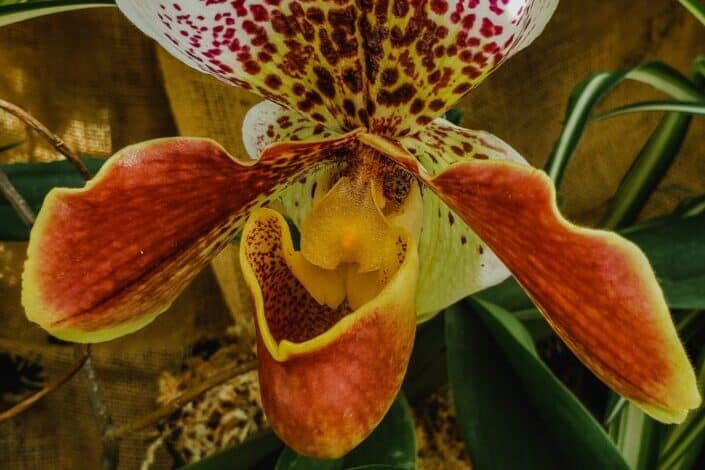
via: Unsplash / Jeffrey Hamilton
9. Phalaenopsis
The Phalaenopsis Orchid, or Moth Orchid, is a genus of about seventy species of Orchidaceae. It is the perfect plant to grow for beginners, as it survives common mistakes they can make.
Best place to grow: It is best placed in a bright room, avoiding direct sunlight.
Flower colors available: Red, orange, green, blue, white, pink
Orchid flower lifespan: The flowering cycle of a Phalaenopsis usually lasts for only 2 to 3 months. However, there are some cases that lasted over 100 years.
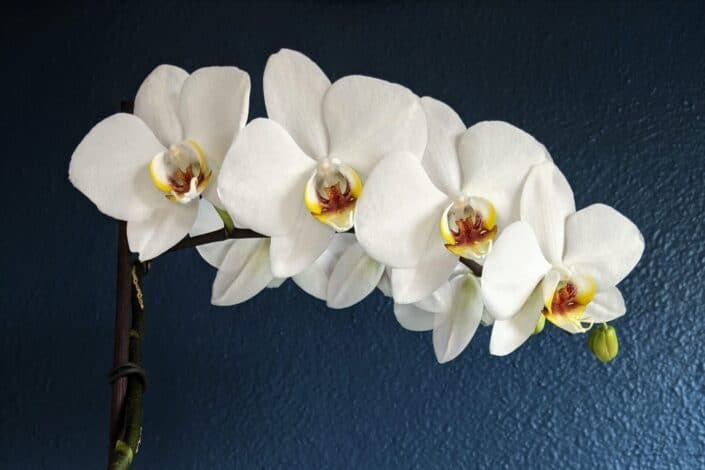
via: Unsplash / Susan Wilkinson
10. Cattleya
The Cattleya Orchid is beautifully scented, which is why it's referred to as the Queen of Orchids. It is known for producing large, fragrant, and vibrant flowers.
Best place to grow: It's best to place them near a window with shade, ideally from February to late October. They can also be placed outdoors in areas with filtered light during fall.
Flower colors available: White through yellow, orange, green, pink, purple
Orchid flower lifespan: The flowering period of cattleyas can last up to 3 to 6 weeks. They are long-lived plants and can fully mature in about 4 to 7 years. Cattleyas can last up to 100 years when taken good care of.
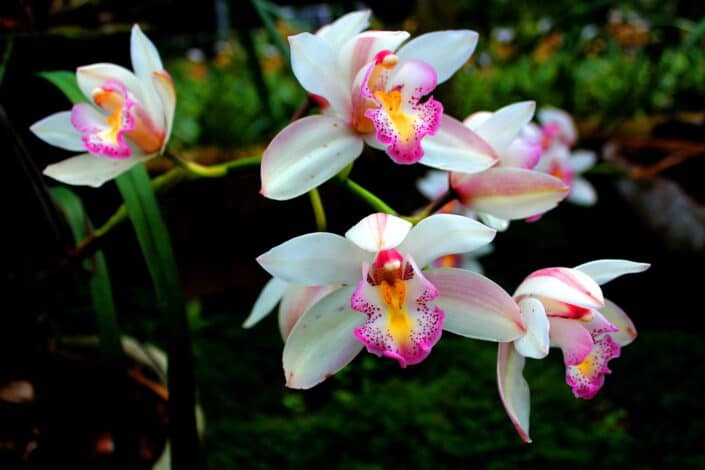
via: Pexels / Icon.com
Expensive Orchids That Are Definitely Worth It
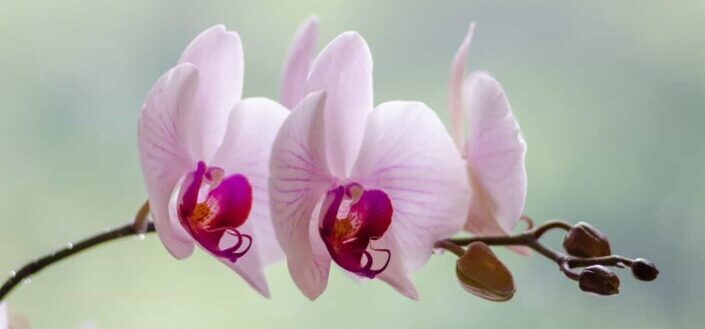
via: Unsplash / Oleg Gherlac
There is no such thing as too expensive for a flower with class. These valuable and rare orchids are a bit over the budget but are definitely worth your money!
11. Paphiopedilum rothschildianum
Paphiopedilum rothschildianum, commonly known as Rothschild's orchid, is one of the most expensive flowers in the world. It can be found only on the slopes of Mt. Kinabalu in Malaysia. Due to its rarity, it is protected by the government, making it illegal to pick them. This rare plant's price tag can go as high as $5,000 per stem!
Best place to grow: The Rothschild's orchid naturally grows in the streams with high humidity. You can grow them in the greenhouse, with high humidity ranging from 65% to 95% and a moderate to warm temperature.
Flower colors available: The ovate may be pale-green, yellow, or cream, with purple stripes.
Orchid flower lifespan: These flowers can last up to 3 months and still look attractive even without blooming!
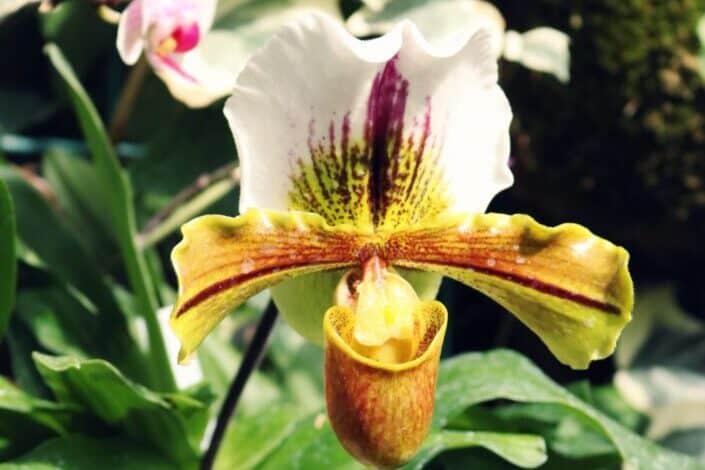
via: Pexels / Madison Inouye
12. Shenzhen Nongke Orchid The Ghost Orchid
This rare orchid was developed by the Shenzhen Nongke Group in China during 8 years of research in agricultural science. It only blooms every five years. In 2005, this man-made flower became the most expensive orchid when it was sold at an auction for a whopping $202,000!
Best place to grow: unknown
Flower colors available: Red, magenta, purple
Orchid flower lifespan: unknown
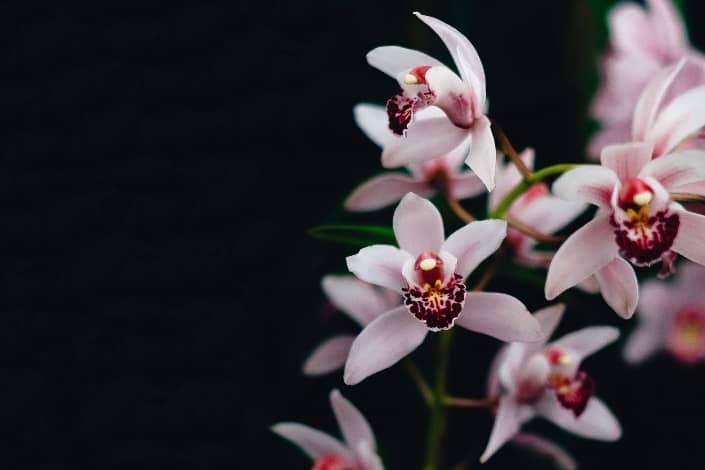
via: Unsplash / Annie Spratt
13. Miltonia
The Miltoniopsis, commonly known as Miltonia, or Pansy Orchid, is best known for its sweet fragrance and vibrant blooms. It makes them one of the friendliest looking among all orchids. It will give you a warm and cozy feeling, which makes them perfect for growing indoors!
Best place to grow: The Miltonia orchid is a delicate flower that can't handle intense sunlight. It is ideal to place it near an east-, or north-facing window, with bright indirect light.
Flower colors available: Red, yellow, purple, pink, white
Orchid flower lifespan: They bloom early during spring, and their flowers can last about five weeks.
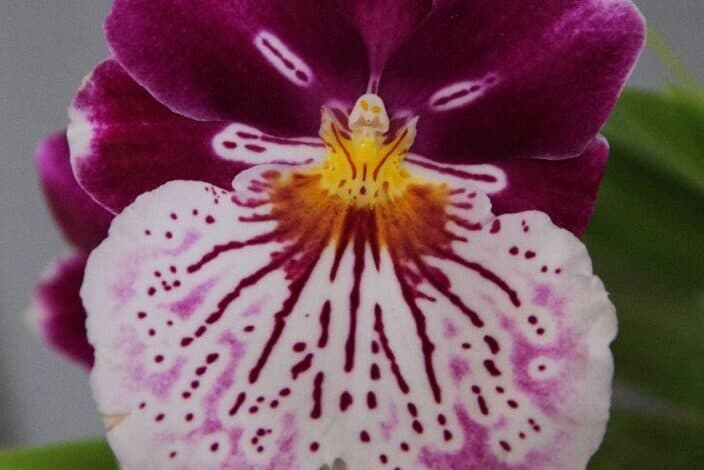
via: Pixabay / Karin Herzog
Planting Orchids Indoors: Recommendations From An Expert
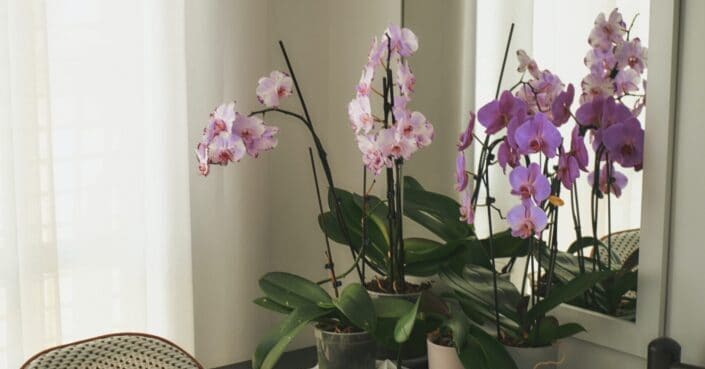
via: Unsplash / Max Simonov
Growing plants indoors seem to intimidate some people because they think they can't do it. They would be a lovely addition to your home. They are pretty easy to grow when taken good care of. First things first, you don't want to overwater them. That will kill them faster than anything. This is a common mistake that most beginners make. Orchids can survive even if you water them only once a week. You can also use a turkey baster to get a little water into the bark mulch that surrounds the roots and keep it moist.
When you buy orchids, they come in a clear grower pot, so you can monitor the roots to make sure they stay vibrant. Also, look for sturdy stems before buying them. You should also keep an eye on orchids with extra buds. Typical indoor orchids will usually last up to three months. But, the more unopened buds you find, expect to have more flower power over time.
When it comes to light, placing them under direct sunlight isn't good. You want it to be an indirect light. That's enough for the orchids to keep the colors vibrant and keep them alive. They don't like it too cold when it comes to temperature, so make sure the temperature is just right. Also, a tropical orchid tends to like high humidity conditions. To keep them healthy, place your potted orchid on top of pebbles and add water. Make sure that your orchid is also getting enough air.
When to know if it's time for orchid repotting? Well, a potted orchid is generally repotted every 1 to 2 years.
You should re-pot them with a fresh orchid mix when:
- Your orchid stops blooming,
- The potting media is decomposing,
- Roots are overgrown,
- Growing orchid big enough for your container,
- And when roots are starting to rot.
Orchids can be a great decorative item at home and help keep you calm. It's up to you to choose the perfect type of orchid that will suit your home. You can make use of unused jars and decorative rocks to design it. Let your creativity run free!
Do Orchids Need Fertilizer?
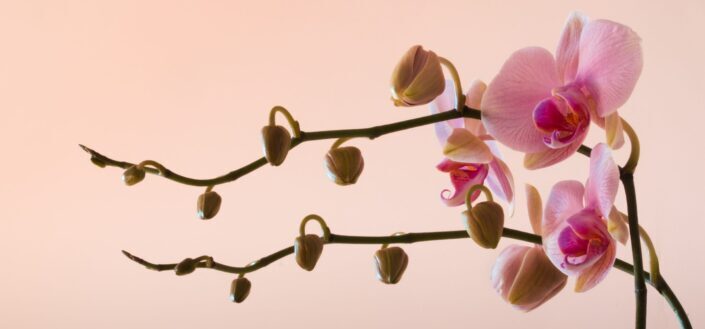
via: Unsplash / Earl Wilcox
Like any other plant, orchids need fertilizer regularly to survive and maintain their strong and healthy blooming. Orchids do not need much fertilizer because they can cause damage to the roots. However, there's no denying that well-fed orchids produce healthier leaves and flowers. The perfect time to restore its nutrients with fertilizer is when the flowers have started to fall.
DIY fertilizers
DIY fertilizers can be as effective as store-bought fertilizers. Here are some effective DIY fertilizers you can use for your orchids:
- Molasses. Molasses can help boost the potassium of your orchid. High potassium can help with flowering. Mix one teaspoon of molasses into a quart or two of water. Use this mixture when you water your orchids.
- Potato and Rice cooking water. Potato water contains calcium and potassium, while rice water is a good source of vitamin B. Save the water used from cooking rice and potatoes, then place them inside the refrigerator. Replace the water every two weeks, then let it sit until warm. You can spray this on your orchids, too.
Best fertilizers for blooms
The best fertilizer for your orchid are ones that contain equal amounts of nitrogen (for stem and shoot growth), phosphorus (healthy root growth), and potassium (for flowering). So you should look for 20-20-20 on the label. The fertilizer should be mixed with an equal amount of water before giving it to your orchids.
Natural fertilizers
Some natural fertilizers that you can use for your orchids are milk, potatoes, eggshells, crushed and dried chicken bones, molasses, or water used to boil rice. Orchids survive when they receive a proper balance of Nitrogen (N), Phosphorous (P), and Potassium (K), ideally given in a water-soluble formula. These are macro-nutrients known as N-P-K. The natural fertilizers above are rich in N-P-K.
5 Amazing Trivia About Orchids for the Trivia Lover in You
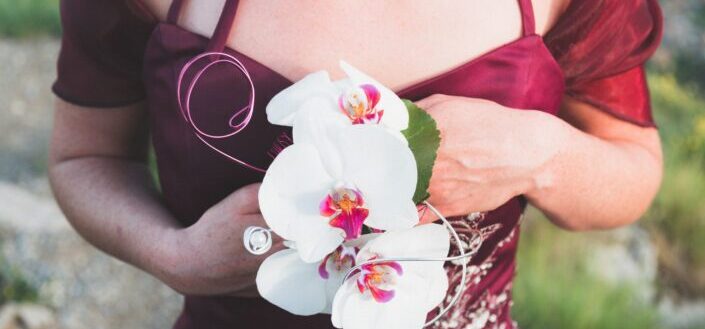
via: Unsplash / Manuel Venturini
Trivia questions, like the ones we have over at Mantelligence, are always fun when they're about popular things. Orchids are one of the most popular flowers in the world. Whether it's the Maxillaria Orchid or the Psychopsis Orchid, we know them as a delicate and beautiful type of flower, but there are some facts unknown to many.
Actually, on our site here, we have more science trivia questions for you if you want to check them out. Here are some interesting trivia about Orchids that you might not know:
Orchid flowers are symmetrical.
Orchids have a bilateral symmetry and are similar to a human face! So, if you would draw a vertical line in the middle of the flower, one half would mirror the other half.
Vanilla orchids are the only edible orchid species.
Out of 27,000 known orchid species, only one type produces an edible product. The vanilla orchid is considered to be the only edible type of orchid. It is also the second-most expensive spice in the world!
Orchids can live up to 100 years!
Because there are so many orchid varieties, their lifespans vary. Some only last for a month to 45 days. But some, when taken care of, can last up to several decades. Yes, some kinds of orchids can live up to 100 years! Even in its dormant phase, taking care of your orchid will give you blooms for years to come.
The name orchid was derived from the ancient Greek word Orchis which means "testicle."
Orchids are delicate and elegant until you know the origin of their name. Orchids are one of the most beautiful flowers, and they're named after a male reproductive part! You read that right. The genus name comes from the ancient Greek word, Orchis, which means "testicle." This came about because of the shape of the twin tubers in several types of orchids, which kind of resembles the reproductive part.
Orchids have the tiniest seeds in the world.
Aside from being one of the most beautiful kinds of flowers to exist, Orchids also hold the record for having the tiniest seeds among flowering plants on the planet! A typical orchid seed can be compared to a speck of dust, producing millions of them.
Frequently Asked Questions
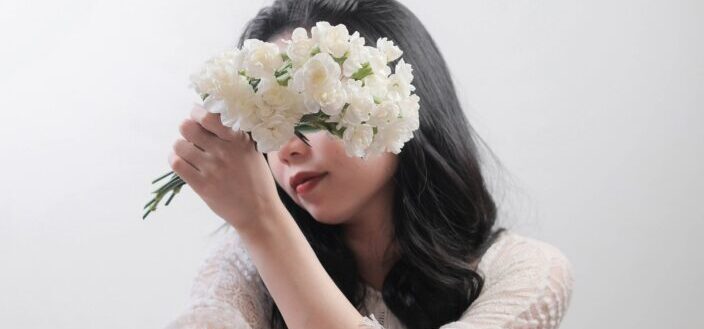
via: Unsplash / Linh Le
Being a beginner in orchid planting can be tough and complicated. Here are some frequently asked questions that can help you know more about the types of orchids:
Can you repot an orchid while in bloom?
Repotting an orchid while it's in bloom is something that orchid planters, beginner or experienced, have to do once in a while. Though it's possible to report an orchid while it's in bloom, it may lead to specific problems, such as shock, bud blast, early bloom dropping, and even plant death.
Do you cut off dead orchid stems?
You must cut dry and dead orchid stems off. These old and dead stems may affect the plant's overall health because dead tissues will be a breeding ground for unwanted organisms, such as pests, bacteria, fungi, and insects.
Are blue orchids expensive?
Blue orchids are more expensive than other types because of the dye and the marketing to sell. It is also challenging but not impossible to find.
What is the hardest orchid to grow?
There are a lot of orchids that are not for beginners, even for experienced planters. The Habenarias, commonly called rein orchids or bog orchids, are among the hardest orchids to grow.
What type of orchids are sold in supermarkets?
The most common orchid types commonly sold in the supermarket are Phalaenopsis, Oncidium, and Dendrobium. They can be found in groceries, nurseries, etc.
How To Pick The Best Type of Orchids

via: Unsplash / Paige Cody
Say, you've wanted to grow these beautiful and delicate orchids that will make a perfect display at home or in your garden. You've been eyeing a few types from now, but you are not quite sure what to choose.
1. Select ones with bright green leaves
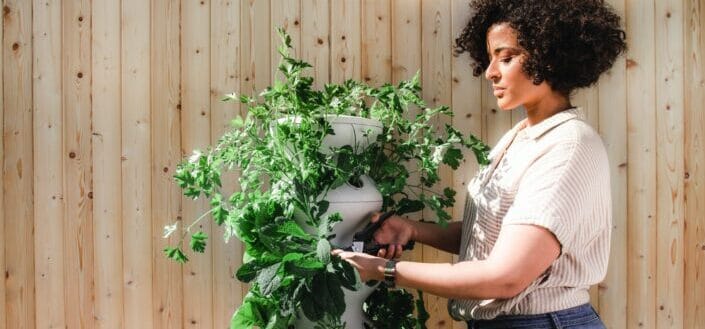
via: Unsplash / Lettuce Grow
Bright green leaves are a sign that an orchid is healthy. What you should avoid are the ones with entirely yellow leaves. The leaves start yellowing because of moisture stress, meaning the leaves might not be watered enough or are overwatered. Yellow spots can also signify a fungal disease or an insect infestation, so examine the leaves thoroughly.
2. Make sure the spikes are sturdy
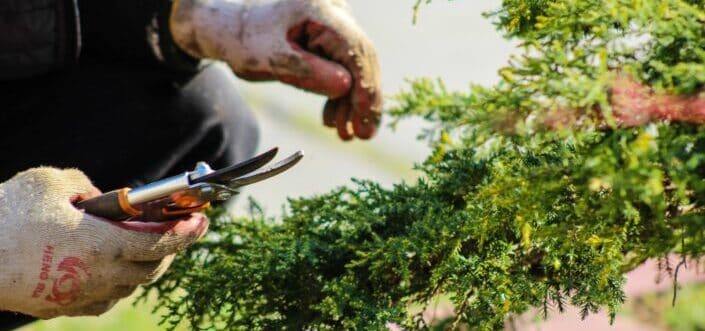
via: Unsplash / Crystal Jo
You can tell when an orchid is healthy based on the strength of its spikes. When you enter the store, look for items that stand tall. Make sure that they're strong and healthy. They must be able to carry the weight of the blooms. If the stems are pretty bent, it means the branches are weak.
3. Look for vibrant blooms
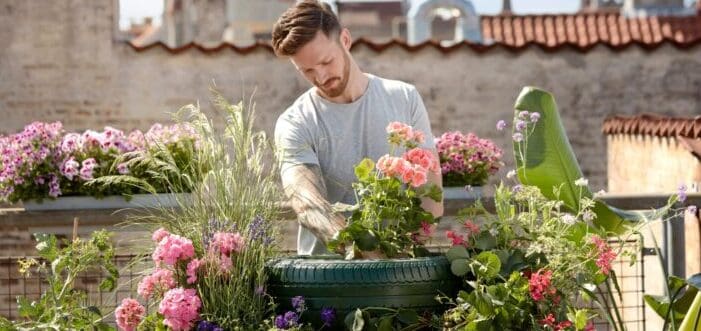
via: Unsplash / Pelargoniums for Europe
Choose orchids with vibrant blooms. It's not just because of the aesthetic, but it's also a sign that the orchids are healthy. Keep an eye on those with extra buds. It means more flowers are coming out of that plant over time.
4. Examine the roots
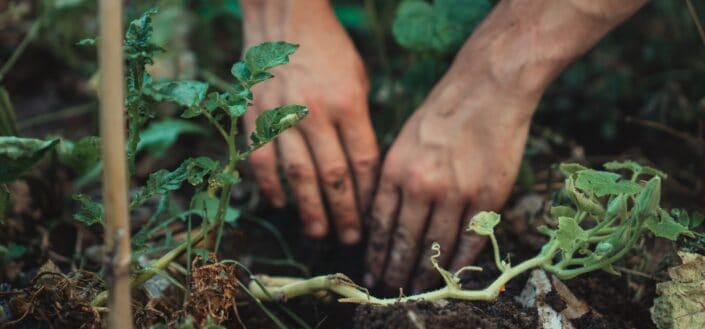
via: Unsplash / Jonathan Kemper
The first thing you should check in an orchid is its roots. The roots would tell a lot about the health of an orchid. Healthy roots are firm to the touch and are white or green, while roots that are brown, soft, and pulpy indicate that they're overwatered.
5. Check the smell
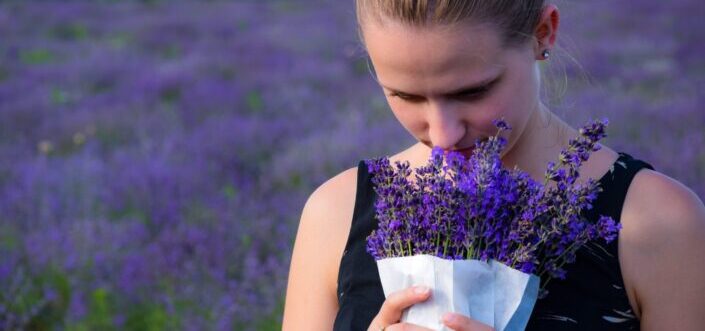
via: Unsplash / Richárd Ecsedi
We often sniff food or drinks to check if they're still safe to consume. You can do the same with orchids! Bring the flower close to your nose, and take a sniff. Smelling will give you signs of whether the plant is healthy or not. A foul smell indicates that the plant is rotting.
More Awesome Types of Plants To Explore
- Besides orchids, you can totally revamp your garden with these different types of ferns.
- If you want a plant that looks homey and has many medicinal benefits, you should check out these types of aloe.
- Are you looking for a low-maintenance plant for your home? These various types of succulents may just be what you need.
In Conclusion
Now, you're all set with the best types of orchids you need. The orchid plant, with all its varieties, will be great decorations for your garden and home. These types of house plants need your love and care, so make sure to remember the things you learned in this post. On Mantelligence, we have other hobbies besides gardening that you can check out.


